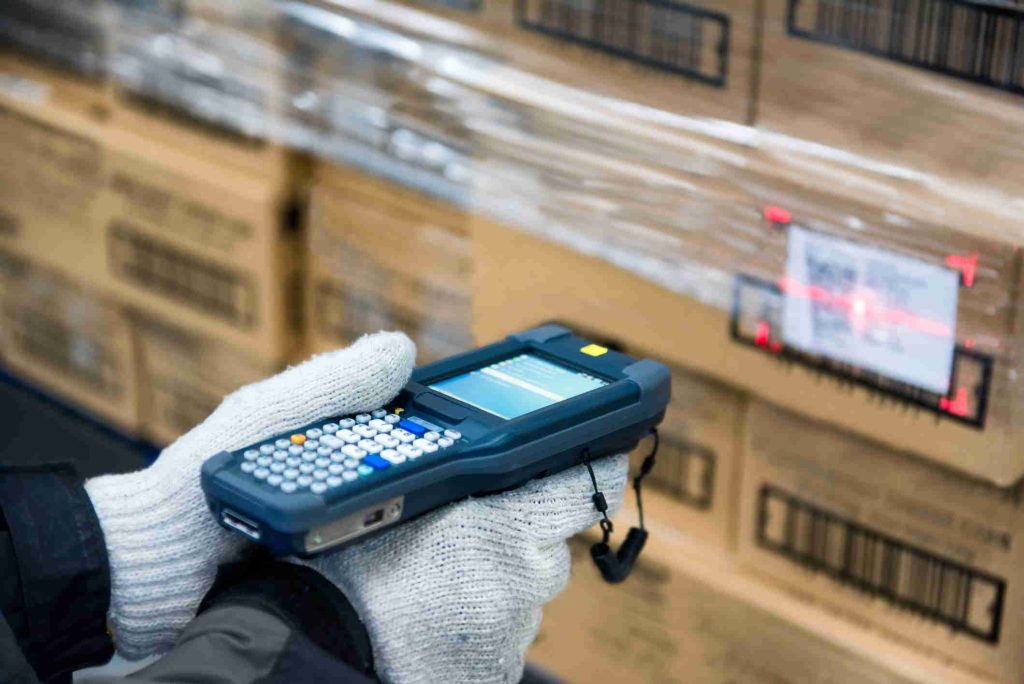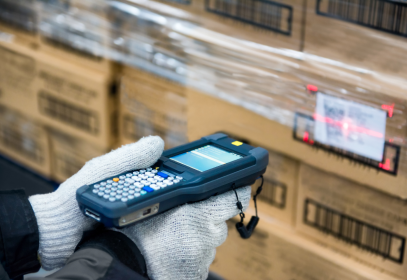
Episode 2: How Allergens Are Controlled in Food Facilities
Episode 2: How Allergens Are Controlled in Food Facilities
Allergens
In the second episode of Kellerman Consulting’s Allergen video series, we are going to review the different controls that can be applied to allergens in the facility and how those controls can work together to assure all of the risks associated with allergen contamination and mislabeling are reduced or removed.
The first control is awareness of the locations of allergens at all times in the facility. The second control is developing careful procedures for how allergens are handled in the facility and the third control is ensuring accurate label information for allergens is present each time they are used.
When a facility is performing these tasks consistently and effectively, allergen management becomes routine and sustainable for operations, and the chances of allergen mistakes are greatly reduced.
Controlling the locations of allergens in the facility starts with the identification of allergens as they enter the facility. For planned shipments, clearly identifying the allergens at receiving is a best practice.
When a facility receives any materials containing allergens, these should be marked with a sticker or signage clearly indicating that the product contains an allergen. You may download Kellerman Consulting’s free allergen labels.
Facilities may choose to apply a label that says the word allergen on it for all allergens that enter, or may incorporate a system for identifying each allergen. Specifying each allergen is the more desirable approach for safety and quality, but the simpler and general approach is acceptable.
Once we have all of the allergens identified in operational ingredients, chemicals and in employee meals, we need to schedule assessments of those allergens during the year.
Allergen assessments for low risk facilities can be performed yearly, but for medium and high risk facilities, assessments should be quarterly or monthly. And in facilities that have repeated allergen violations, the risk level increases and weekly checks may be most appropriate to help control the higher risk.
The way the facility handles employees meals is a special case for allergen control. Since the meals and snacks employees bring into the facility changes on a daily basis and are generally uncontrolled, we cannot use identification in most cases.
Instead, we need to treat employee meal areas and vending machines as containing all 9 major allergens, and all potential types of food sensitivities such as sulfates, nitrates, food coloring and gluten.
It is important, however, to make sure employees are not bringing meals and snacks out of the designated eating areas or leaving them in lockers or in GMP areas.
Determining effective controls for allergens during operations is dependent on the nature of the allergen, how they are stored and how they are transported to the line and through operational equipment.
Another source of potential movement of the allergens throughout the facility would be if an employee steps in that liquid and walks into other areas which would transport the allergenic material around the facility via the employees shoes.
Additionally, scoops, shovels, knives and other utensils used to handle allergens must be controlled so that once they are used in operation, they are only used with like allergens, or cleaned and sanitized prior to further usage.
We will look at how we can monitor allergen presence through scheduling and testing in our next episode. An aspect of operations requiring considerations for allergen control are line change overs. By line change over, we are talking about running one product to a stopping point or completion, removing that product from equipment used to process it, and then switching to a different product on the same equipment.
If we have a break or change in the allergen profile, we must have a documented intervention on all equipment and utensils used during the line change.
For facilities that perform frequent small or medium sized production runs with multiple allergens, line change overs occur regularly and are complex, time consuming and are a frequent source of non-conformances. We offer a free changeover matrix tool that you can download here.
Where line change overs with allergens are regularly required, the facility should always consider this to be a medium to high risk for allergen contamination, regardless of the allergen controls implemented in the facility.
With allergens properly identified in the facility, and properly controlled through hygiene, personnel practices and line change over procedures, the last area to cover is labels.
Controlling allergens through labeling is a complex set of actions, and requires the most continuous attention from employees during operations.
Labels must be accurate for legal and safety reasons beyond the
identification of allergens, and should be checked for accuracy as a part of best practices.
Beyond checking at receiving and pre-operation, labels as part of allergen controls require checks during operations at scheduled frequencies. Kellerman Consulting recommends hourly label checks on the line as a default position for operations with medium risk for allergens, and more frequently where high risk for allergens are assessed in the facility.
Now that we have covered the basics of allergen controls in a food facility, we need to turn our attention on how to verify that our controls work for lowering or eliminating allergen risks within the facility.
In our next episode, we are going to look at how we monitor allergens in operations as well as how to test or check for allergens in operations periodically to ensure our methods of control are effective.
Thank you for watching. For free downloads to accompany this video series, visit the free training videos & resources page of our website.
Subscribe to our YouTube channel or follow us on LinkedIn to be notified of new educational food safety resources.







